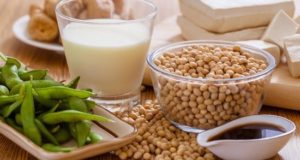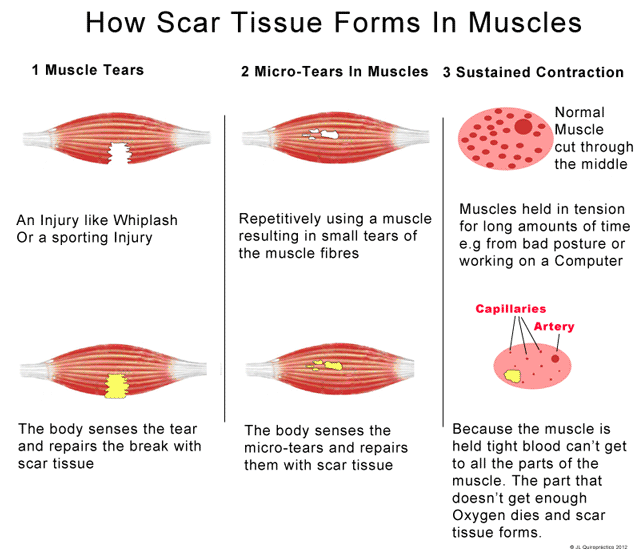
Smoothies are a great way to start your day or even as a snack through at your day. Additionally, smoothies can be used as a meal replacement for busy people who are on the go. The great thing about smoothies is that they are loaded with nutritious ingredients that boost brainpower, increase your energy levels, build muscle, burn fat, promote weight loss and help your heart. However, when purchasing pre-made smoothies you don’t know all of the ingredients, added sugars, or extra calorie content to boost your nutritional value and get a great smoothie flavor. The best way to maintain the integrity of your smoothie is to make it yourself. Choose from this list of healthy smoothie ingredients.
Fruit – Fruits are an essential ingredient for a smoothie. You can use almost any fruit to add nutritional value, vitamins, minerals and fiber to your smoothie. Fruits contain important simple sugars such as glucose and fructose that are important for the body and easily digested. Fresh or frozen fruits are viable options for smoothie ingredients. Popular fruits used in smoothies are bananas, pineapple, strawberry, blueberries and mango.
Greens – Greens are an essential part of ones diet. That’s why they should be added to any smoothie you make. Almost any vegetable can be used in a smoothie but the best are tender leafy greens. Adding greens to your smoothie will increase the number of servings of vegetables you eat per day. Vegetables provide the body with a ton of vitamins and minerals such as sodium, and potassium. Mineral salts such as these, play a role in almost every cellular function in the body. If fresh greens aren’t available powdered greens, barley grass, wheat grass, spirulina (algae) will justify as another option for a serving of vegetables. However, powdered greens don’t contain all of the nutrients that its fresh counterparts do.
Protein powder – Protein powder will make your smoothie more filling, especially if you are using it as a meal replacement. Protein builds muscle and burns fat. There are several types of protein powders and even more brands available on the market. The best choice is whey protein because it has a low fat content with tons of amino acids to provide the muscles with a quick release of protein. Soy protein is another good option because it contains phytoestrogens. These compounds mimic the effects of estrogen and balance out hormone levels. For a low sugar option use rice protein powder.
Tea – Tea can be used in a smoothie as a base liquid. Replace water, juice, or milk with cooled tea. Tea is rich in antioxidants, which protects the body from damaging free radicals. Green tea is a great choice, however tea comes in many flavors and brands. Some have additional benefits such as probiotics and treating different ailments.
Non-dairy milk – Milk is normally used as a base for any smoothie, however milk especially whole milk contains fat. For those looking to decrease their calorie intake choose fat free milk or a nondairy alternative. Fat free milk still contains calcium and protein to help build muscle but has no fat. Non-dairy milks include almond milk, hemp milk, rice milk, or kefir. Using a nondairy milk alternative as your smoothie base will change up the flavor, consistency, and nutrients of your smoothie. Almond milk contains magnesium, vitamin E and protein, where as rice milk doesn’t naturally contain protein, most manufacturers fortify it with protein, vitamins and minerals. People who have allergies, who are lactose intolerant or allergic to soy, usually consume Rice milk. Hemp milk contains multiple vitamins and minerals such as calcium, iron, potassium, phosphorus, niacin, etc. In addition it is rich in omega 3 & 6’s fatty acids, protein and is safe for people who are allergic to soy or dairy. Kefir is another alternative to milk or yogurt. Kefir is fermented milk drink made from cows, goats, or sheep milk and kefir grains, which is easier to digest than regular whole milk. Kefir contains probiotics and protein.
Flax – Flax is a great, healthy addition to your smoothie. Flax is rich in healthy fats such as omega 3’s, high in protein and full in fiber. Flax seeds will add texture to your smoothie but need to be ground up before being added. Flax is also available in oil or in powder.
Nut or Seed butter – To add some healthy fat to your smoothie use a spoonful of seed or nut butter. Healthy fats are needed to absorb fat soluble vitamins A and E. Peanut butter is the most well known nut butter however there are plenty of others such as almond butter, cashew butter, hazelnut butter, pistachio butter, walnut butter, pumpkin seed butter, sesame seed butter, etc. Nut and seed butters have a high fat content so use in moderation. The contain protein, fiber, and essential fatty acids and will make your smoothie rich and creamy.
Chia – Chia seeds are used in both foods and drinks. Chia seeds thicken when added to liquids, therefore it may be necessary to grind up the seeds before adding them to your smoothie. Chia seeds are rich in omega 3 fatty acids, calcium and are a great source of fiber, all of which help to improve the nutritious value of a smoothie.
Cacao – If you are a chocolate lover but don’t want the added calories, fat and sugar add cacao to your smoothie. Cacao beans are the dried and fermented seeds from which cocoa solid products and cocoa butter are extracted. Cacao known to the layman as cocoa is the basis for chocolate and will add flavor and nutrients to your smoothie. Cacao are full of flavonoids, which have antioxidant effects on the body. Add cacao powder or nibs (pieces of the bean) to your smoothie.

Source by Sarah Labdar
 Vitamin Agent The Health & Naturalistic Source
Vitamin Agent The Health & Naturalistic Source





